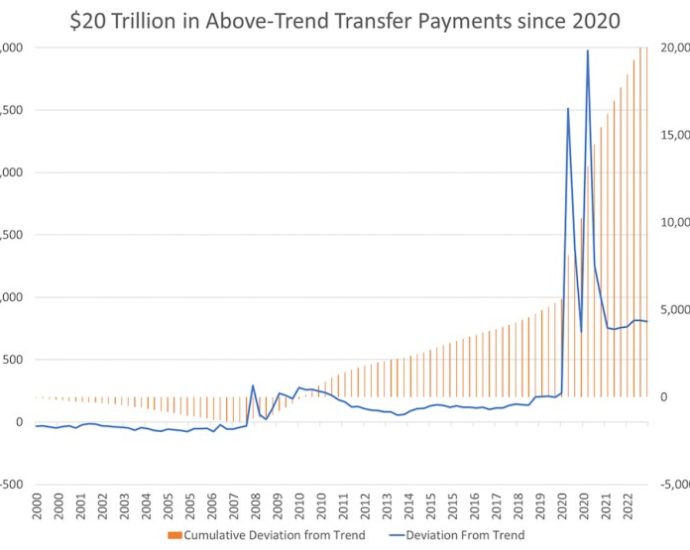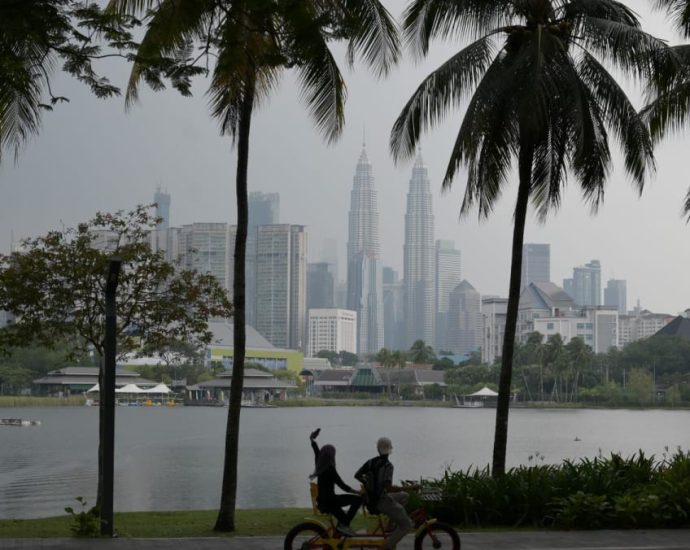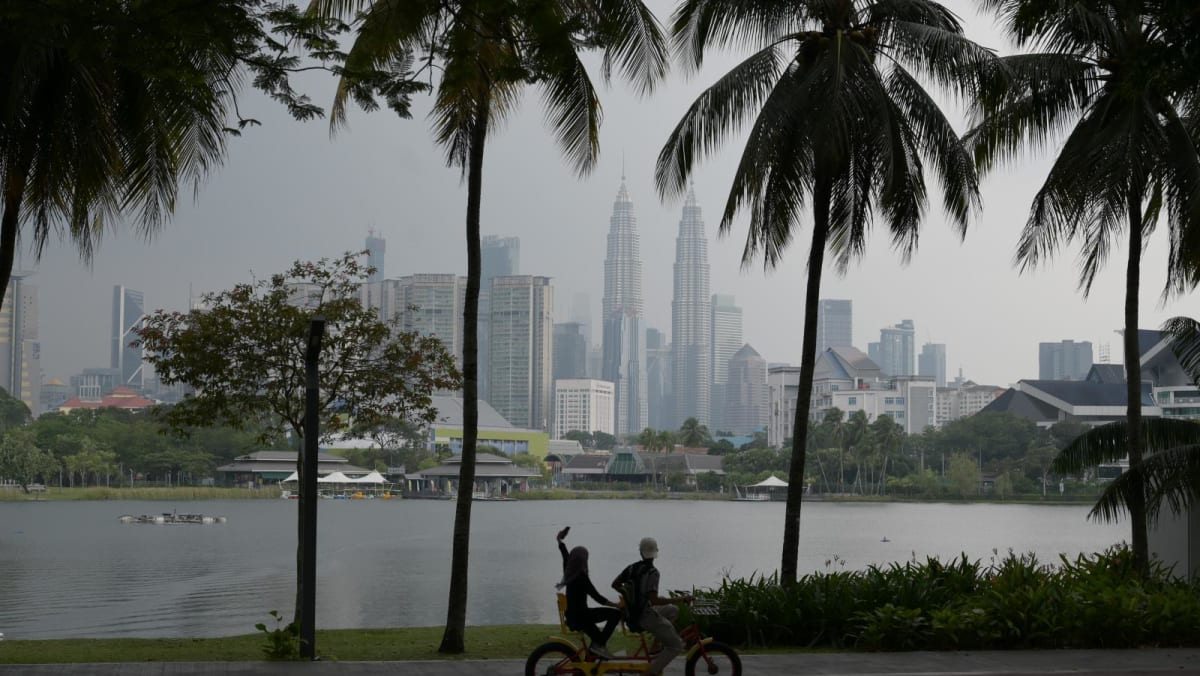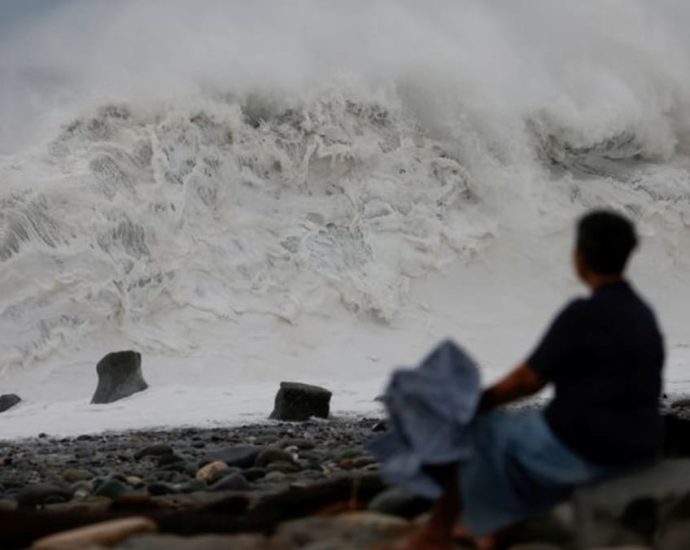How Moodyâs new affiliate VIS Rating will boost the development of Vietnamâs local corporate bond market | FinanceAsia
Southeast Asia’s thriving economies, including Vietnam, will continue to fuel growth in the region’s developing domestic corporate bond markets. In particular, Vietnam’s local corporate bond market is set to get a boost with the recent launch of a new local credit rating agency (CRA) in the country by Moody’s and several leading local financial institutions.
“Moody’s has long recognised the pivotal role that domestic bond markets play in financing investments to propel growth not only in Southeast Asian economies but also the broader Asia region,” said Wendy Cheong, managing director and regional head of APAC, Moody’s Investors Service. She added, “Over the years, we have formed domestic strategic alliances in China, India, Korea and Malaysia with local CRAs that have actively contributed to the sustainable expansion and advancement of their bond markets.”

Wendy Cheong, MD and regional head of APAC, Moody’s Investors Service
More recently, Moody’s has made another bold commitment to its domestic strategy. In September, it formally launched Vietnam Investors Service And Credit Rating Agency Joint Stock Company (VIS Rating) in partnership with several leading local financial institutions in Vietnam. Moody’s is the largest minority shareholder of the domestic CRA. VIS Rating is Moody’s first investment in a greenfield CRA in a frontier market.
“VIS Rating is ready to support the development of efficient and liquid debt capital markets in Vietnam with the aim of providing independent, best-in-class rating services to corporate bond issuers in the country,” said Tran Le Minh, managing director of VIS Rating. He added, “At the same time, we will continue to draw on Moody’s global expertise and deep insights to introduce best practices to the domestic market.”

Tran Le Minh, MD, VIS Rating
Moody’s firm commitment rides on the back of the large growth potential of Southeast Asia’s (ex-Singapore) economies and domestic corporate bond markets, including Vietnam. Over 2017-2022, the region’s local bond markets collectively recorded a cumulative annual growth rate (CAGR) of 6.4% and are now almost triple the size of the cross-border market in terms of issuance volume. Domestic corporate bond issuance volumes have returned to pre-Covid levels at about $140 billion in 2022[1]. Meanwhile, on a macroeconomic level, the region’s GDP accounts for 12% of Asia’s emerging markets and grew at 4.8% CAGR over 2017-2022.
Moreover, multinationals are scouring Southeast Asia, including Vietnam, to diversify their supply chains amid elevated geopolitical tensions. Given Southeast Asia’s large consumer base and infrastructure development needs, the region’s economies are set to expand further. Vietnam is no exception. Moody’s projects the economy will grow faster than most peers[2] in Southeast Asia through 2024.
Furthermore, the country’s local bond market has large room to grow with outstanding corporate bonds consisting of just 13% of GDP as of August 2023. This level comes after brisk growth of 30% CAGR over 2017-2022. As Vietnam’s domestic corporate bond market develops, credit ratings and research will play a meaningful role by helping companies access new sources of capital, diversify their funding base, enhance market transparency, as well as maintain investor confidence during times of market stress.
“In Vietnam, VIS Rating is well placed to empower bond market participants with informed decision-making through its independent domestic credit ratings,” said Tran. He added, “Our activities such as joint events with Moody’s, foundational and market educational outreach will help deepen Vietnam’s credit culture and bring value to local market participants.”
Leveraging Moody’s global best practices and extensive capabilities, VIS Rating has built out its ratings and research function. These include developing its rating methodologies; publishing research reports; engaging in market outreach through podcasts, media interviews and industry events; as well as developing its own database and ratings platform.

VIS Rating outreach activity with market participants
“For Moody’s, VIS Rating not only broadens our network of domestic partners in Asia but also complements our cross-border coverage,” said Cheong. She added “Since we first assigned a sovereign rating to Vietnam in 1997, we have grown to become the leading global rating agency in terms of cross-border coverage in the country.”
Beyond ratings, Moody’s continues to harness its global insights and local expertise to offer timely and high-quality research on Vietnam. For example, it has been hosting its annual Inside ASEAN investor conference virtually and in-person in Hanoi and Ho Chi Minh City since 2016.
As Vietnam’s domestic bond market flourishes, Moody’s is undoubtedly there for the long haul. It remains committed to providing talent and technical support to VIS Rating as the company embarks on an exciting journey to become the country’s rating agency of choice.
[1] Source: Moody’s, AsianBondsOnline, BIS, Securities and Exchange Board of India.
[2] Source: Moody’s sovereign report, titled, “Government of Vietnam – Ba2 stable: Update following change in economic strength score and GDP forecasts” published 13 July 2023.
¬ Haymarket Media Limited. All rights reserved.





























